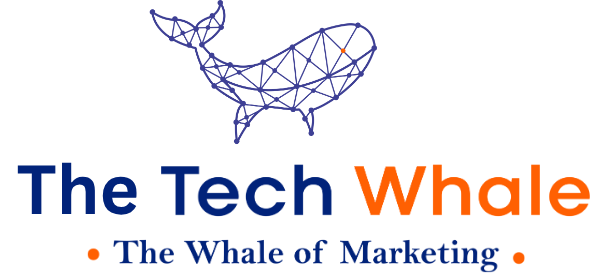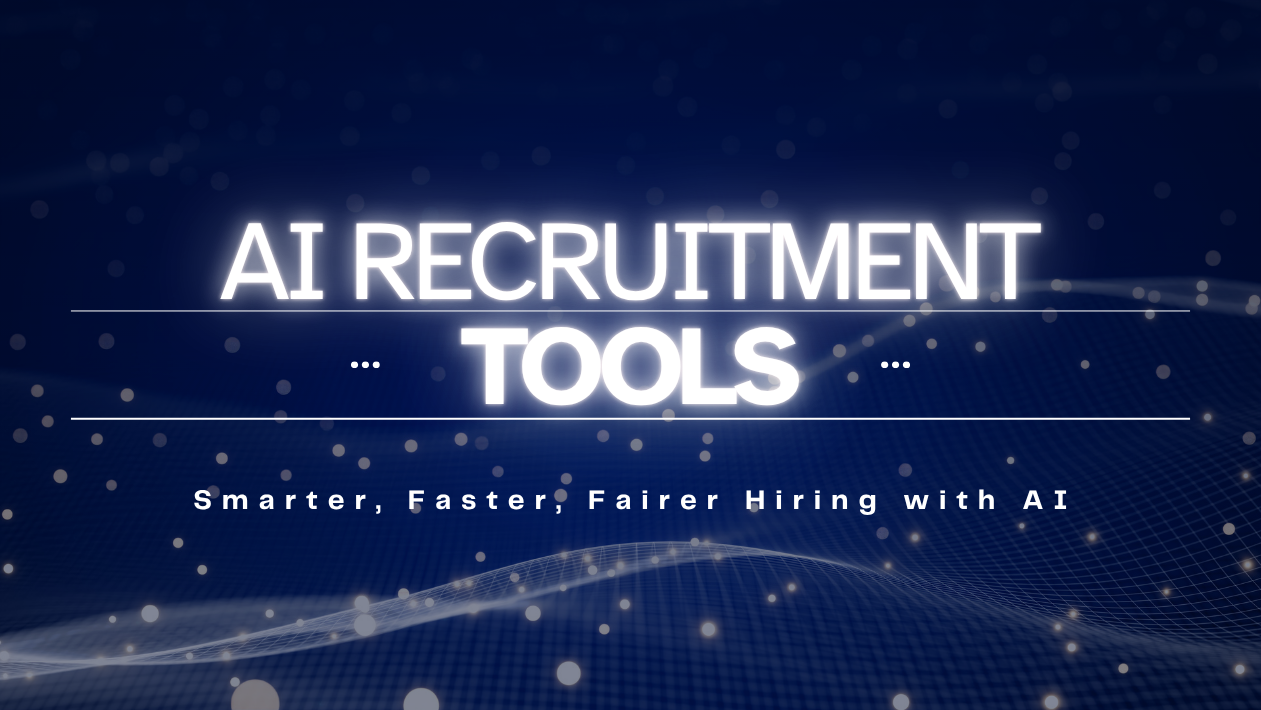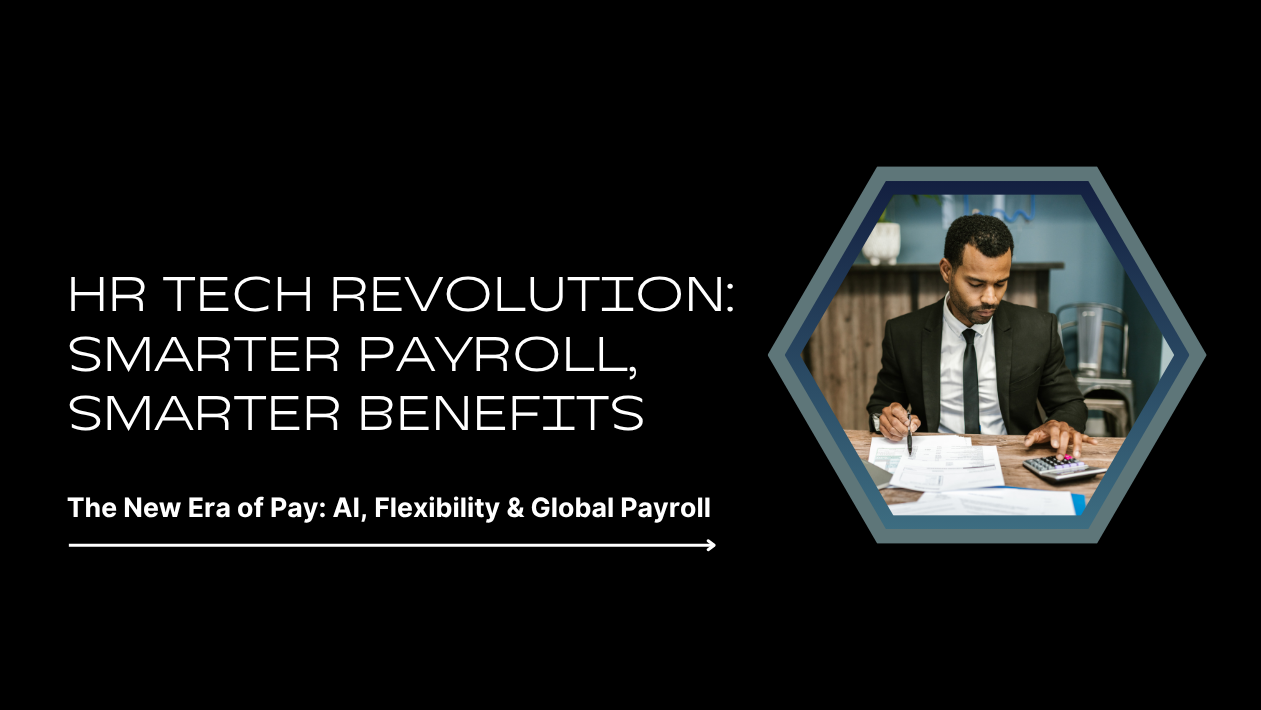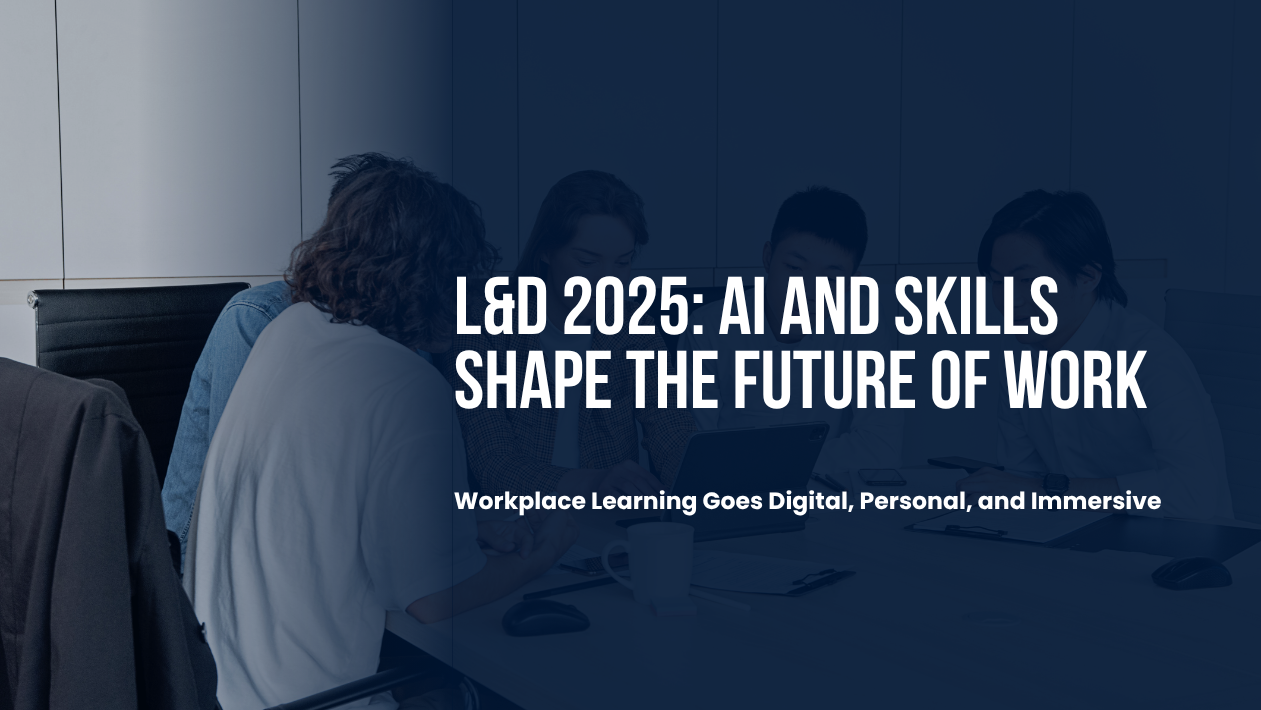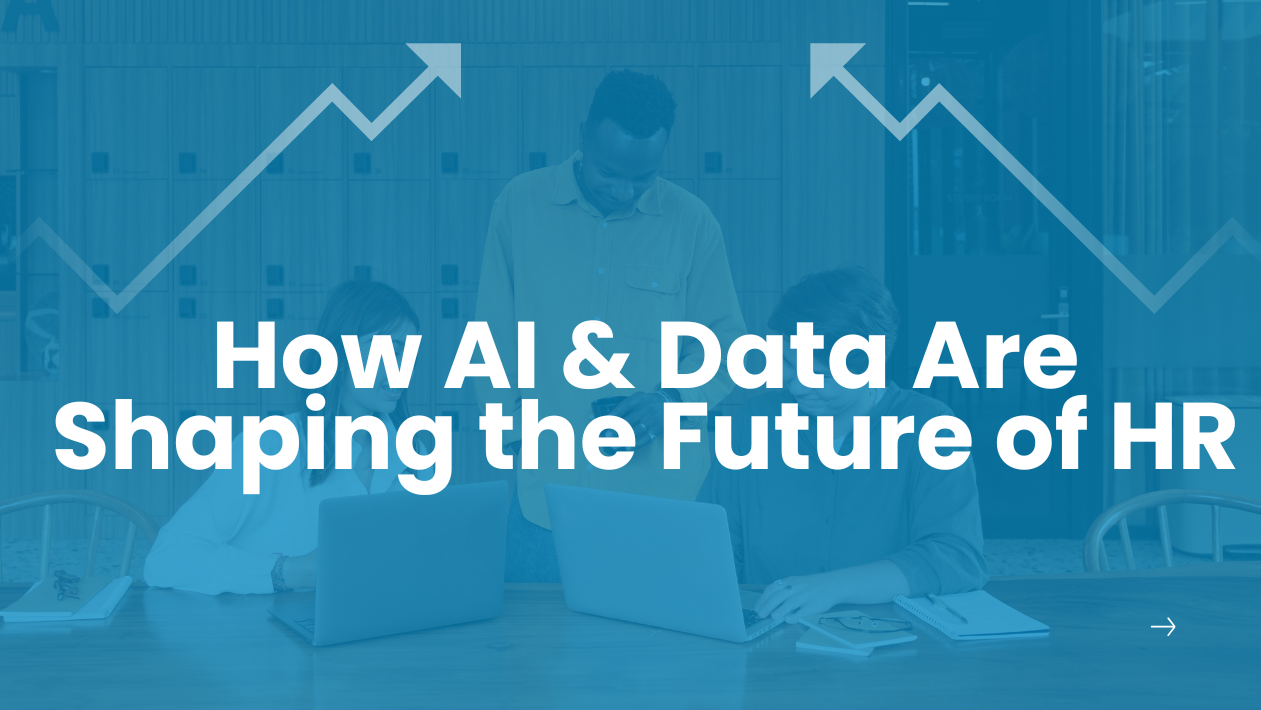In 2025, HR analytics has firmly evolved from reporting dashboards to becoming a strategic compass for organizations navigating talent acquisition, retention, productivity, and diversity goals. As businesses face increasing pressure to align workforce planning with fast-changing market needs, data-powered HR strategies are driving better outcomes—and measurable ROI.
People Analytics Now Central to C-Suite Decision-Making
Once seen as an HR side function, people analytics is now deeply integrated into business strategy. From predicting attrition risks to modeling leadership pipelines, CHROs are working closely with CIOs and CFOs to align human capital metrics with financial performance.
Leading organizations use analytics to answer questions like:
- Who is at risk of leaving in the next 6 months?
- Which skills are most needed in the next 12 months?
- How effective are our diversity and inclusion efforts?
AI Enhances Predictive Talent Models
Modern HR tools are powered by AI and machine learning, enabling predictive insights around performance, engagement, and retention. Platforms like Visier, Oracle HCM, and SAP SuccessFactors help HR teams make proactive decisions, such as:
- Identifying high-potential talent early
- Detecting burnout before it affects performance
- Modeling workforce cost impacts of organizational changes
Skill Analytics Guide Upskilling and Internal Mobility
In response to the talent shortage, companies are mapping internal skills data to build reskilling pathways and drive career mobility. By using HR analytics to match employee strengths to emerging roles, businesses are reducing hiring costs and improving employee satisfaction.
L&D platforms now offer real-time skill gap analysis, linking training programs directly to business goals and employee aspirations.
Diversity, Equity & Inclusion Measured in Real-Time
HR analytics tools are also advancing DEI measurement, tracking demographic trends across hiring, promotions, pay equity, and exit patterns. Companies can now spot bias early, ensure fair representation, and adjust strategies based on live data.
Retention Analytics Replace Exit Interviews
Advanced analytics now identify the root causes of turnover without waiting for resignations. HR leaders are deploying sentiment analysis, engagement scoring, and performance trends to understand when and why employees might leave—and how to intervene in time.
Data Privacy and Ethics Take Priority
As HR teams handle increasingly sensitive employee data, organizations are doubling down on data governance, transparency, and ethical AI use. Regulations like GDPR, India’s DPDP Act, and the U.S. EEOC AI guidelines are shaping the way analytics are implemented and communicated to employees.
Looking Ahead: From Insight to Action
The future of HR analytics lies in real-time dashboards, automated decision support, and personalized workforce experiences. As organizations navigate hybrid work, AI adoption, and economic uncertainty, those who master data-driven HR will gain a powerful edge in attracting and retaining top talent.
